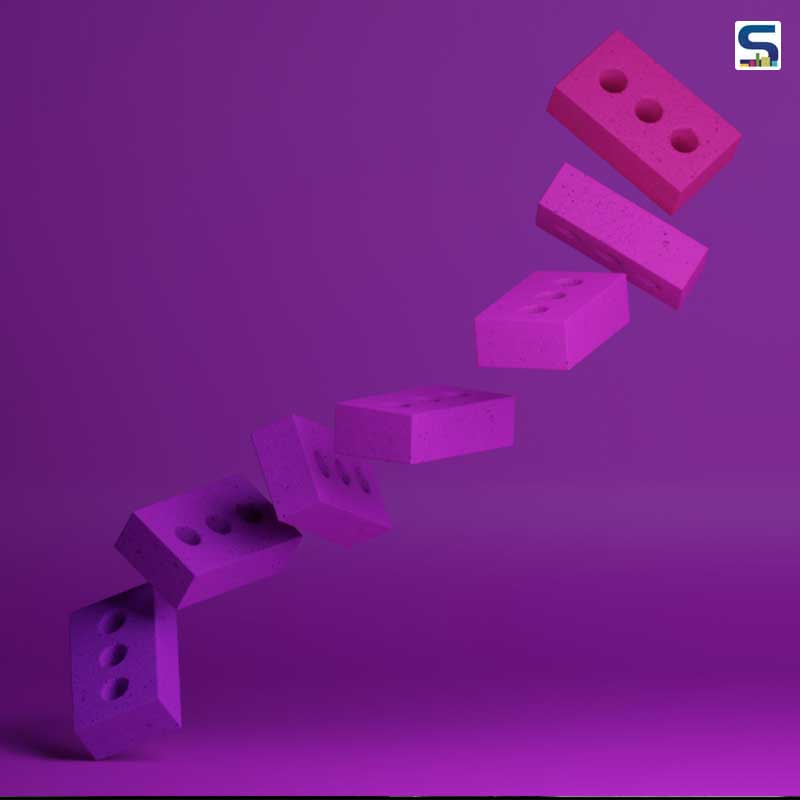
Gabriela Medero, a professor of Geotechnical and Geoenvironmental Engineering at Scotland’s Heriot-Watt University, took matters into her own hands when she realised we have been using the clay-fired bricks for centuries which are now causing significant environmental problems. Not only the raw material (read soil) used to make these bricks is finite but it also causes a loss of fertile topsoil, inhibiting plant growth and carbon emissions. That is when Medero started looking for a solution and established Kenoteq in 2009 with her fellow engineer Sam Chapman along with her university’s support.
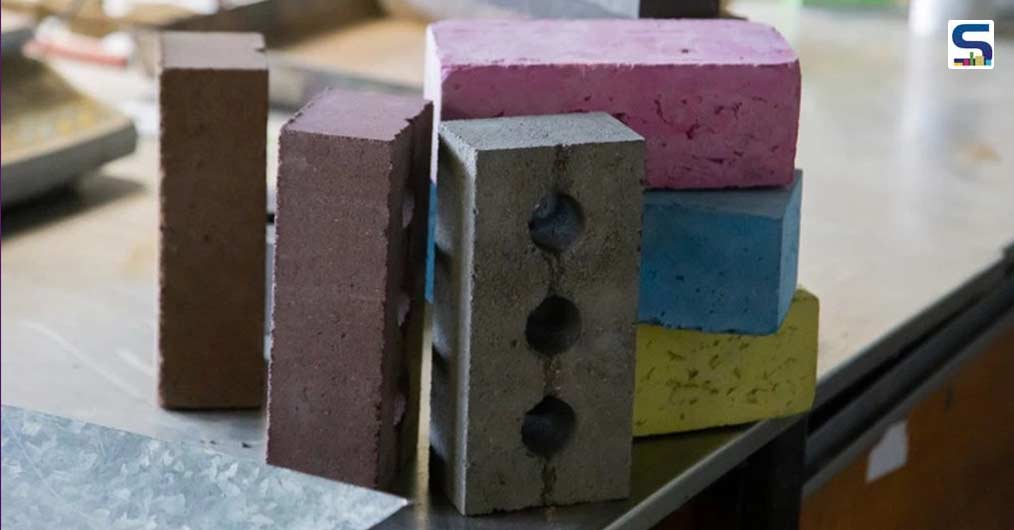 Kenoteq’s signature product, K-Briq is produced from concrete, brick and plasterboard waste, and it’s compressed without firing.
Kenoteq’s signature product, K-Briq is produced from concrete, brick and plasterboard waste, and it’s compressed without firing.
Kenoteq’s signature product, K-Briq is made from more than 90 per cent construction and demolition waste. Since it does not need to be fired in a kiln, K-Briq produces less than a tenth of the carbon emissions of conventional bricks. According to Medero, these bricks are produced from concrete, brick and plasterboard waste, and it’s compressed without firing.
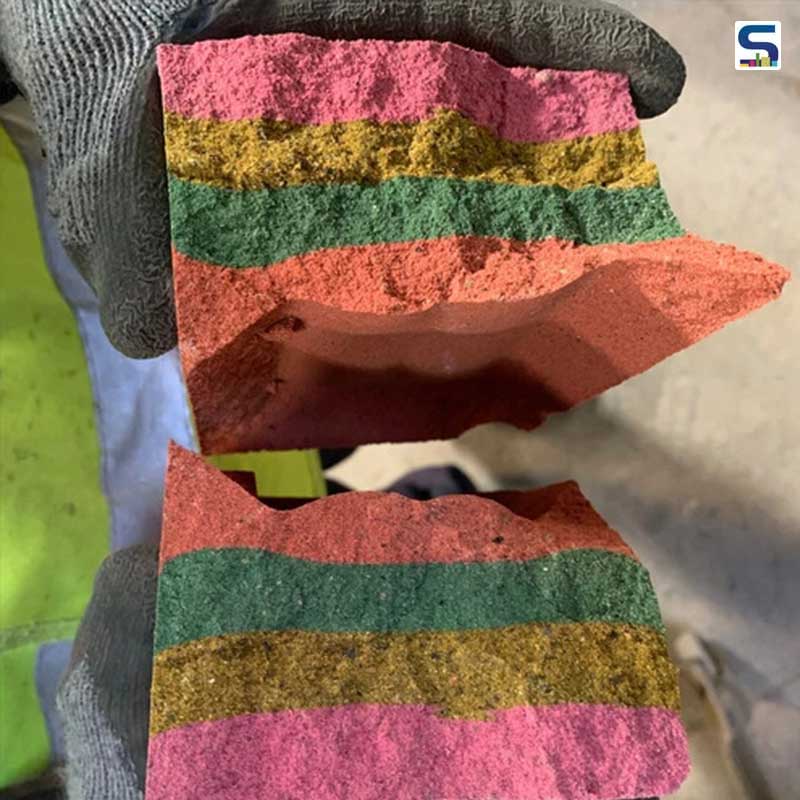 K-Briq appears like a regular clay brick and weighs the same.
K-Briq appears like a regular clay brick and weighs the same.
K-Briq appears like a regular clay brick and weighs the same. Additionally, it offers better insulation properties than a regular clay brick and comes in a variety of colours. There is no equivalent to K-Briq in the market at present. The brick is stronger, more durable and lighter than standard bricks as well as is cheaper to make. Reportedly, the bricks are ready to use within 24 hours of receiving waste materials.
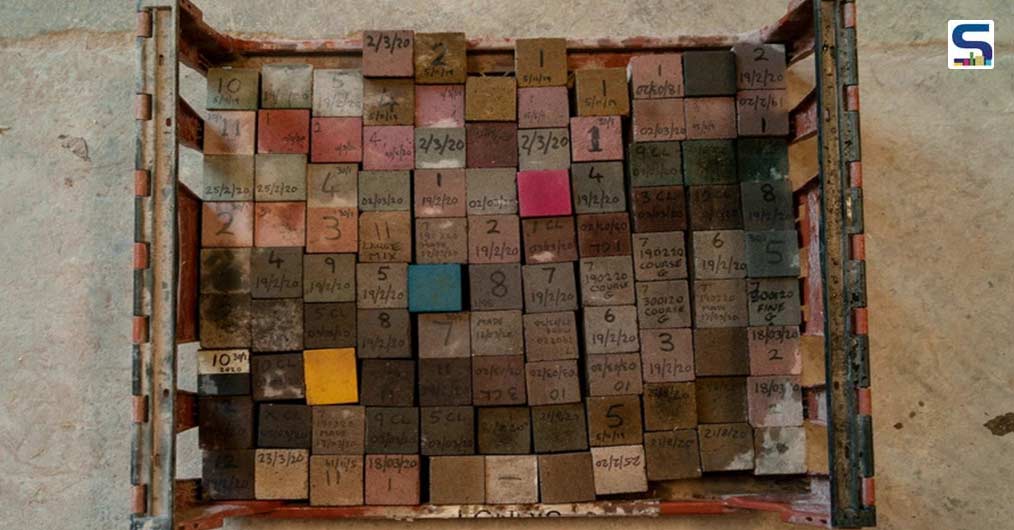 K-Briq offers better insulation properties than a regular clay brick and comes in a variety of colours.
K-Briq offers better insulation properties than a regular clay brick and comes in a variety of colours.
Demolished or construction waste such as high quality, recycled sands and gravels, gypsum from waste plasterboard and recycled pigments is collected and sorted. This waste is then processed through a series of compression and mixing to form K-Briq. However, the crucial element of K-Briq is its binding agent, which Medero refrains from disclosing. According to her quote featured in Forbes: “Our patent solicitors have instructed me very carefully not to disclose any information about this, which is something I haven’t experienced before as an academic.” However, going forward, Kenoteq aims at scaling up the production and mainstreaming the use of K-Briq.
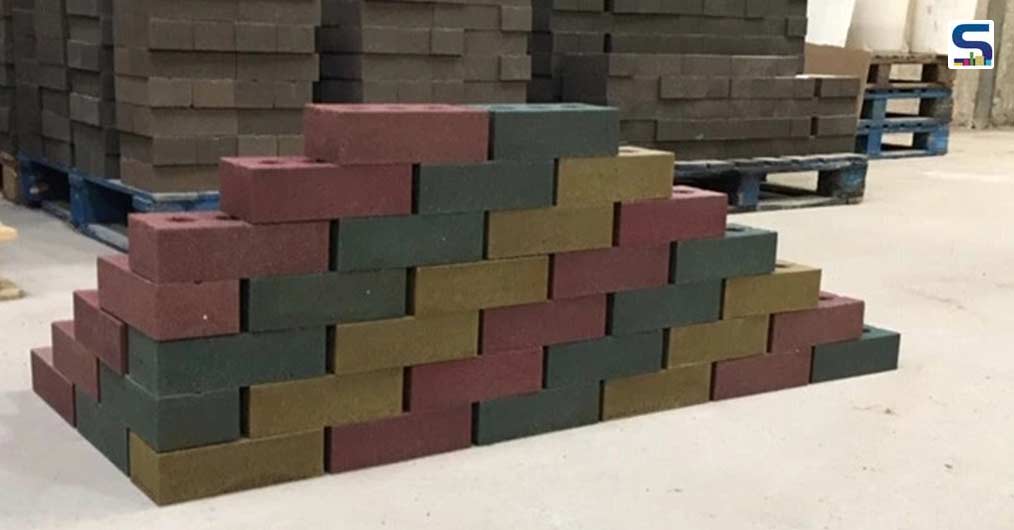 The brick is stronger, more durable and lighter than standard bricks as well as is cheaper to make.
The brick is stronger, more durable and lighter than standard bricks as well as is cheaper to make.
Image credits: Kenoteq